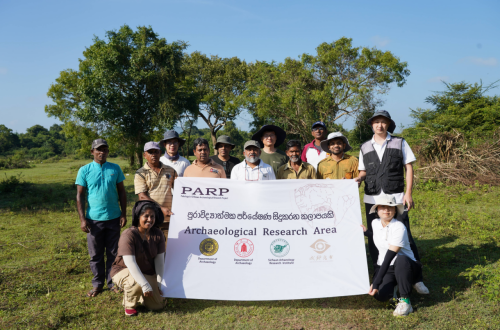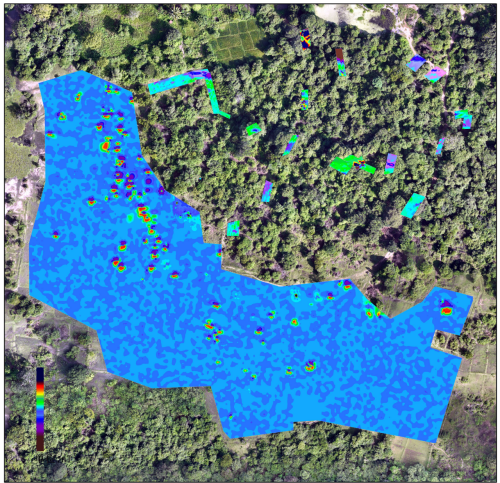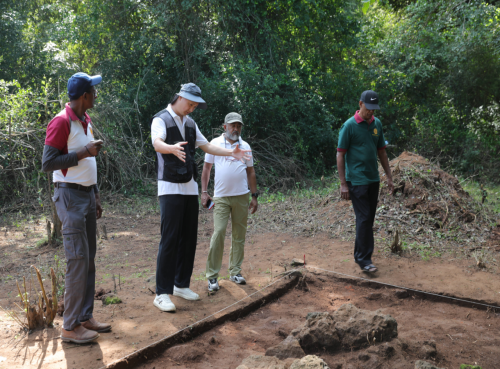
the Sino-Sri Lanka Joint Archaeological Team on site
In response to the "the Belt and Road" initiative, SCU signed an excavation and research cooperation agreement with the University of Kelaniya in Sri Lanka in 2017, and has conducted archaeological research in the ancient port of Manta by the Indian Ocean for three consecutive years, ushering in a new chapter in the archaeology of the Maritime Silk Road.
Being led by SCU’s School of Archaeology and Museology, the university archaeological workers joined hands with Sichuan Cultural Relics andArchaeology Research Institute, Chengdu Institute of Cultural Relics and Archaeology, the Department of Archaeology, Sri Lanka and the Department of Archaeology at the University of Kelaniya and conducted archaeological excavations at Pabalugala in northwest Sri Lanka in January and February, achieving significant results.

unearthed glass beads

Maps of geophysical and archaeological exploration
This joint archaeological work used a high-precision cesium optical pump magnetometer to explore an area of 48 square meters in the core area of the site and discovered multiple relics and a large amount of glass production related relics.For instance, members found a semi underground cave kilninExcavation Unit T 1; and multiple ash pits, stone walls, and pillar cave remnants were discovered in TG2 and TG3. The unearthed relics include a large number of sand red pottery, brown pottery, glass beads, and glass products totaling tens of thousands, providing valuable physical evidence for the study of cultural characteristics and historical changes at the Pabalugala Archaeological Site.

Archaeologists at the Pabalugala site
This joint archaeological work is an important part of our university's implementation of the "the Belt and Road" cultural exchanges and co-operation.
The Pabalugala site is an important component of the Manta Port archaeological project and a crucial link in ancient Indian Ocean trade. The site is located on the Kurunegala Plain in western Sri Lanka and was once an important commodity producing area in the Indo-Pacific maritime trade system. Its products are found at various sites throughout early East Asian history, dating from the 3rd century BC to the 10th century AD.Due to insufficient archaeological work in the past, there has been a lack of in-depth understanding of the cultural connotations of this site.
